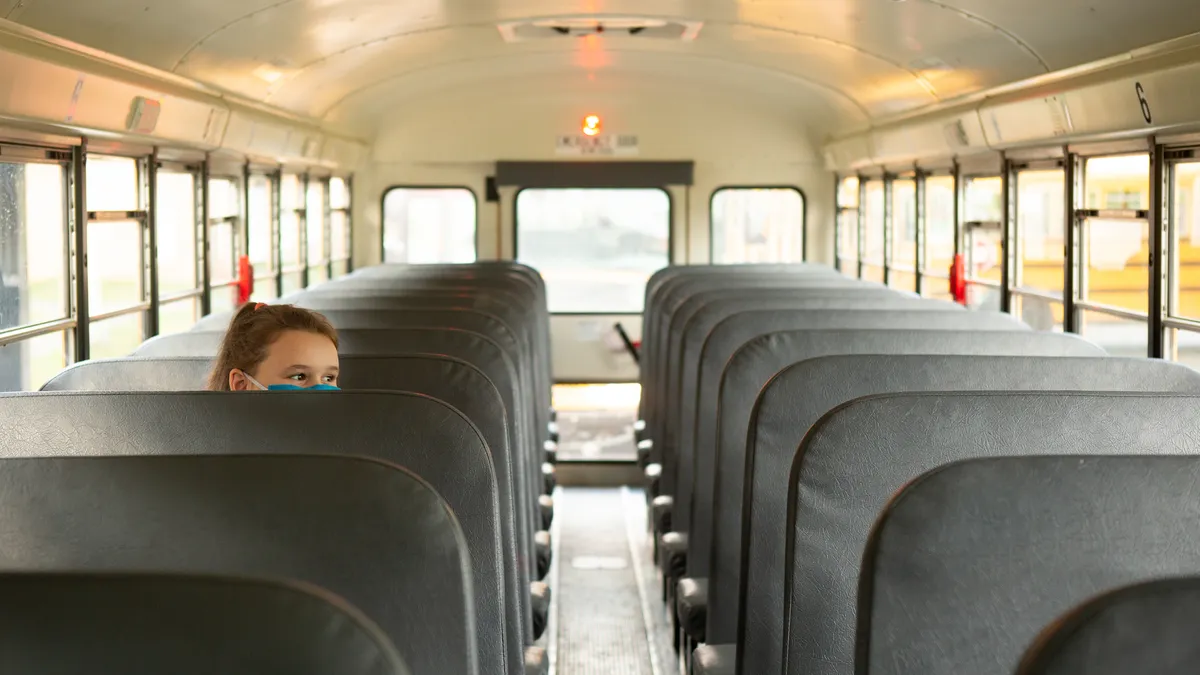Despite the economic recovery, many districts are still facing recession-era budgets. In some states, initial education spending cuts from the 2008 recession have been exacerbated by income tax cuts. Local funding, often supplied through property taxes, dropped off in a number of districts, as well. In 2015, 29 states were still providing less total school funding per student than they were in 2008, according to a 2017 report from the Center on Budget and Policy Priorities.
While funding has climbed gradually in most states over the past few years, many areas are still dealing with diminished budgets and the difficult decisions that accompany them. Traditionally, most decisions about budget allocation happen at the state and district levels, preventing school administrators from making changes tailored to their specific locations and students. As the budget crunch continues, a number of states are realizing they must brainstorm new solutions and work to provide districts and schools with more options.
Reevaluating existing structures
Maximizing an education budget begins with evaluating structures such as class size, teacher pay, special education and scheduling.
“The first thing many districts do is look at how they can cut central operations costs,” says Karen Hawley Miles, president and executive director of Education Resource Strategies, Inc. (ERS), a nonprofit organization that partners with district, school and state leaders to transform how they use resources. “But there’s not that much money there in the end — not enough to get us where we need to go.”
Miles says many states aren’t organizing their resources, people, time and money in ways that are optimizing costs to help students reach their potential. “Our mission is to support how well resources are used, because we can’t make a case for more funding without being clear that the dollars being used are used in the best way,” she says.
To help leaders rethink their budget strategies, ERS created Budget Hold’Em, an interactive game that simulates the budget decisions faced by district administrators (there’s also a version for school leaders). The game’s goal is to help leaders recognize the trade-offs that can be made to improve student outcomes while staying within the allotted budget.
Identifying and focusing on essentials
Rather than cutting funds across the board, many districts are benefiting from a more focused approach.
“You have to be clear about what your priorities are,” says Miles. “If anything, it’s an opportunity to identify what matters most — for example, every student will read by 3rd grade — and then double down on the things that accelerate learning.”
If districts prioritize and excel in two or three areas, the provable results can help build support for increased local funding. "Maybe you can’t afford to invest in turnaround support in every school, for example," Miles says. "But what pays off is being able to say, 'We couldn’t invest in turnaround all our schools, but we invested in one, and it worked.'"
Pursuing grants strategically
Federal and private grants can be a source of additional funding for education when the budget is tight, and some districts are going after them with great success. The Metropolitan School District of Decatur Township, Ind., has been awarded a variety of public and private grants over the past several years.
“Most of our grants are federal, including a 5-year grant worth $7 million that deals directly with instruction, teacher leadership, and mentor teachers,” says Superintendent Matt Prusiecki.
But while that award fed directly into the classroom, most are supplementary, such as a recent $700,000 grant from T-Mobile’s EmpowerEd program to give students equal access to online learning by providing them with portable wireless routers. Prusiecki sees grants as strategic ways to cover outside costs so he can prioritize instruction.
“With budgets remaining the same, you can either cut costs or raise revenue,” he says. “I really try to look at all the state and philanthropic ways I can supplement our funds so I can devote most of the allotted budget to the classroom.”
Miles warns that grants are a stopgap measure and schools shouldn’t rely on private funds for public education, but she recommends using them to create demonstrable results with the goal of winning more public funding.
“Use grants to invest in building new competencies and new ways of doing things,” she says. “The most successful uses of private grants are those that can make the case that what they’re spending their money on is going to alter the return on investment in education.”
Comparing data and cutting supply costs
As technology continues to deepen data collection and analysis, districts and states can reap tremendous benefits from sharing their findings with each other.
“Individual states can play an important benchmarking role,” says Miles. “Just reporting the data can be really helpful for districts to make comparisons. For example, an administrator might look at how certain categories of spending compare to other districts.”
Administrators can also take advantage of national benchmarking reports from ERS and other organizations. And districts can benefit from uniting in cooperative purchasing contracts.
“We’re one of 22 school districts who are part of the Central Indiana Education Services Center,” says Prusiecki. “They do a great job of securing competitive bids for a lot of non-academic and some academic materials.”
Another source of practical materials are gifts-in-kind organizations such as NAEIR, which collect donations of new school supplies, furniture and other merchandise from corporations and distribute them to schools upon request. With teacher pay gaps on the rise, districts across the nation could continue to endure limited budgets for the next several years, says Miles.
"I do hope that the pressure keeps going and that education spending increases as dollars come through, but I expect it’s going to stay tight."




















